We got our Batanes tour package when we attended the Travel Mart Expo at the Mall of Asia last September 2. Our plan was to get a tour package for Coron, Palawan – our favorite island in the country. But when we saw a promo tour for Batanes being offered by IBS Tours and Travels’ kiosk, we couldn’t just walk past it without inquiring. Our inquiry turned into a sale for the agency! We decided to postpone Coron for next year instead.
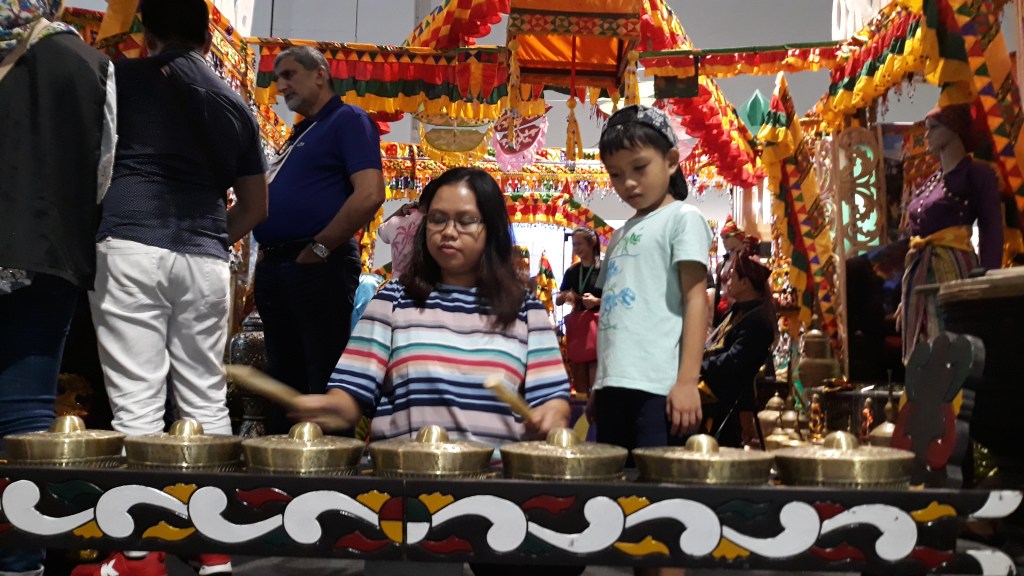
We were scheduled to fly via PAL on September 26. In the 3 weeks prior to our flight schedule, the country was visited by 3 consecutive typhoons/LPAs, I got worried that our trip will get cancelled. My kids were excited to see the islands, my eldest in particular, as he had read about Batanes in one of his lessons in Araling Panlipunan/Social Studies. I sent God a fervent prayer to give us a good weather before our flight and during our stay in the islands.
My prayer was answered. For 2 days before our tour, the weather was still cloudy with torrential rains. On the day of our flight, the sky was clear and we didn’t get any text from the airline of any cancellation.


Included in our package was 4-day, 3-nights stay at Sehdang Homestay (breakfast and bed) in Basco; transportation (a white van with IBS signage); local fees; and lunch during the tours.
Our flight was 6:30 AM but we left home at 1:30 AM to catch the P2P bus schedule of 2 AM that will bring us to Clark Airport. IBS arranged the tour to start at 1 PM so we had a chance to catch our sleep in the morning upon our arrival at Sehdang.
There are so many reasons “Why Batanes Should Be in Every Filipino’s Bucket List”:
Batanes is the country’s northernmost and smallest province. The archipelago province has been declared by the government as a Protected Landscape and Seascape because of its rare flora and fauna, undulating terrain, diverse marine life, limestone bluffs, and panoramic sceneries. Batanes is an archipelago and consists of 11 islands, three (3) of which are inhabited – Batan, Itbayat and Sabtang. A typical tour package includes the North Batan, South Batan and Sabtang Island tours with Itbayat Island tour as optional one. However, due to the recent earthquakes that hit Itbayat Island, some of the natural attractions and old churches and stone houses got destroyed. It is currently off-limits to tourists until restoration process is ongoing and also because the resources in the island is limited. There are also tremors still being felt in the island.
Basco, the province’s capital, is a compact city where almost everything is walking distance from residential houses. Sehdang Homestay is positioned right in the heart of the city and is only 5-minute walk from the provincial capitol, park, 5-minute drive to aiport, and surrounded by famous places to eat in the city. One of the things I also liked about Basco is that they don’t have malls, supermarkets or big grocery stores. So most of the things you would need is readily available in the neighborhood sari-sari stores. I even noticed that most of the houses there have backyard gardens where vegetables are growing. The owner of Sehdang herself go up the hills to plant and harvest from her gardens – most people in the island grow their own food. Also, hole-in-the-wall type of business is common in the islands, and I’m glad that is so. If tourism can help the locals up their income, I’m all for it.
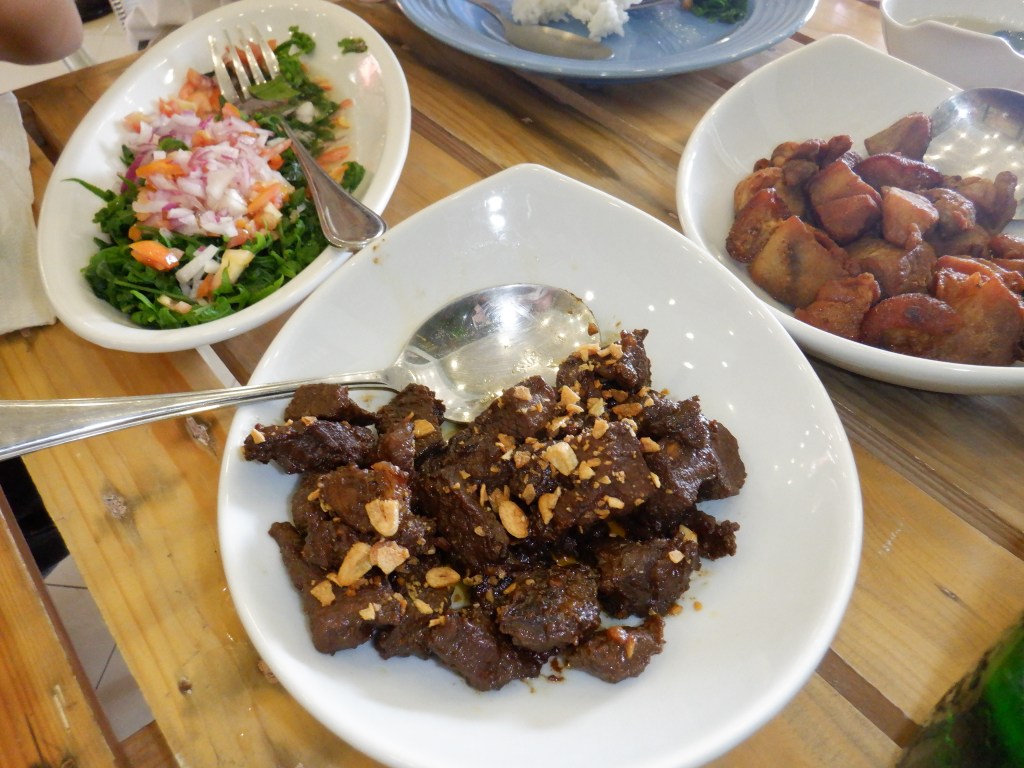
North Batan Tour Highlights

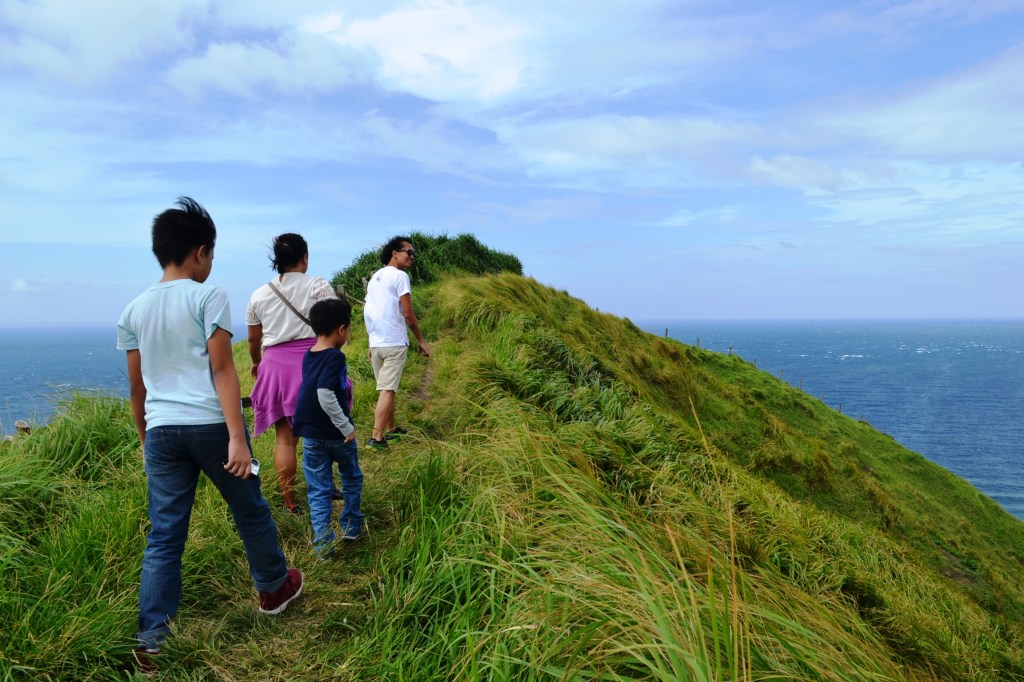



Our next stop after the lighthouse was the Mount Carmel Chapel, a church made of stone located on top of a hill in Tukon (photo below). It was being renovated during our visit but I really love the vine that canopies the entrance.
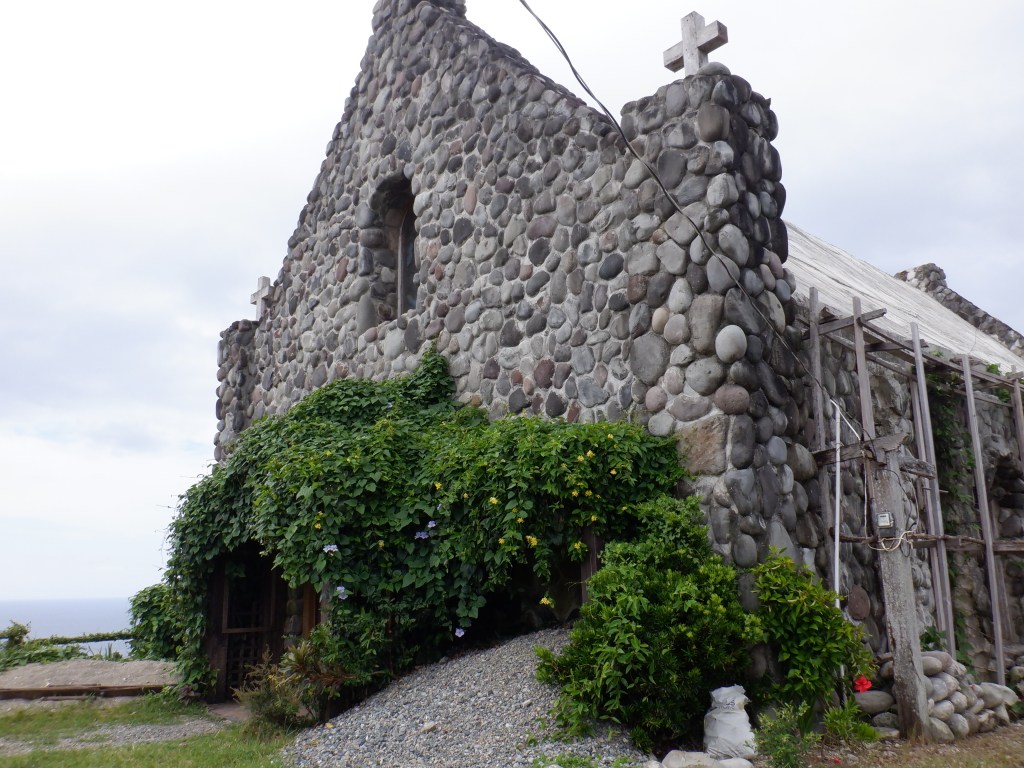
After the Mt. Carmel chapel was the visit to Dipnaysuhuan Japanese war tunnel in Tukon, built during World War 2. Third photo below is of the vent that cuts through the tunnel for ventilation purpose. Middle photo shows one of the steep tunnel that one can access through the slippery steps. We didn’t go down there as there were reports of snakes and bats living deep in that tunnel. It was a short tunnel walk that exits to the other side of the hills where there is a moderately-preserved concrete bunk (last photo) for the soldiers during the war, which is now overgrown with cogon grass.
One of my favorite stops for the North Batan tour is at the Valugan Boulder Beach which is a stretch of boulders and gravels smoothened by the constant onslaught of strong waves of the West Philippine Sea and the Pacific Ocean. I love this part because I got to see the various rocks of the island in just one place and also because of the amazing cliff nearby that show geology textbook example of a layered tuff rocks. Below is the series of photos we took of the place.


I had a funny experience on this beach. I asked our guide if I can bring home some of the pebbles. Here was how our conversation went:
Me: Dj, can I bring home some of the pebbles. I love collecting them!
Dj: Ay hindi po mam. Bilang namin yan!
Me: Ah sige, yung boulder na lang.
Dj: Ah yan po pwede. Actually pagdating nyo sa airport, tatatakan pa ng pangalan nyo yan, sa sobrang amazed nila na nadala nyo yan.
Ivatans are the nicest people in the country. Some of them have good sense of humor too.


One of the amazing things about the province is their tricycles. Next to jeepney, tricycle is the cheapest way to commute in the Philippines. The tricycles in Batanes are cute because the body is made of wood and flexiglass.

For our first and second night in Batanes, we decided to have dinner at Beehan, one of the famous restaurants in Basco, so we could try local delicacies. We don’t have much pictures of the food but if you plan to eat there, we recommend you try Ivatan Platter and Pancit Beehan (laughed when I read this one on the menu).

Sabtang Island Tour Highlights
We had to wake up at 4:30 AM the next day to prepare for this tour as our van needs to leave at 6 AM to catch the 6:30 AM schedule of the boat going to Sabtang. The sky was overcast when we got to the port, it even rained a bit. From the port, I could already see Sabtang island. However, between Batan and Sabtang, the sea channel shows white rough waves. Our guide reassured us that the rough waves in the middle were normal yet relatively smoother than usual; the vessels in Batanes can withstand the rough waves.

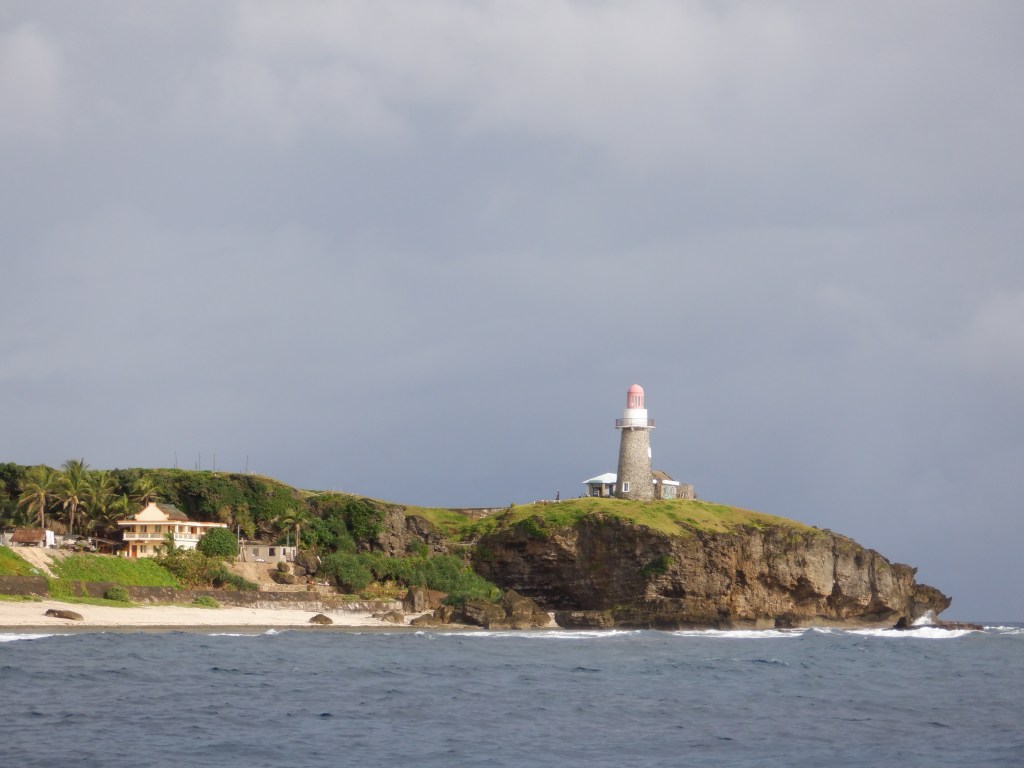
Our first stop at Sabtang was the 650-meter long zipline. Since we don’t have a drone camera, why not fly to get a bird’s eye view of the island, yeah? 🙂 The fee per pax for the zipline is only Php 500.




The 650-meter zipline ends at a grassy patch of land near the natural Sabtang Rock Arch and white-sand beach. The Sabtang Rock Arc, locally known as Ahao, is one of the most “instagrammed” photo of the island because the natural coraline limestone arc offers a nice frame when taking photos of the hills and cliffs of the northernmost tip of this island. Below are 3 of the photos we took of this beach in Sabtang. The waves are gentler on this side of the island; the water knee-deep, and the slope/bathymetry is gentle so the kids were allowed to wade in the water. No swimming allowed near the rocks were the waves crash of course, as you can see in the middle photo. The natural rock formations are fantastic in this area, we stayed for almost 20 minutes just breathing in the fresh air and appreciating the seascape.
Your Batanes itinerary is never complete if you don’t visit Sabtang Island simply because there are still villages there where houses are made of thick walls of stones, lime, and thatched cogon roof. The Ivatan houses are considered artifacts that relate to their culture, history, and life. For this reason, among others, Batanes is considered a “living museum”. Photos below are just some of the stone houses at Savidug, while the one in the middle is the priest’s house beside St. Thomas Aquinas chapel that is currently under renovation. I’ve read somewhere that this house was a shooting site for a horror movie. I honestly don’t know which ones among the local films.
Part of our reason for going to Batanes is to teach our kids how to take landscape photos using our cameras. The caveat – they maxed out our SD cards!!
Also at Savidug, we saw current restoration efforts of NGOs and the LGUs for the heavily damaged stone houses (photos below). Seeing the restoration efforts brought us so much hope that someday when my kids are grown up, they will come back here and see the houses fully restored. Batanes, after all, is a living museum.

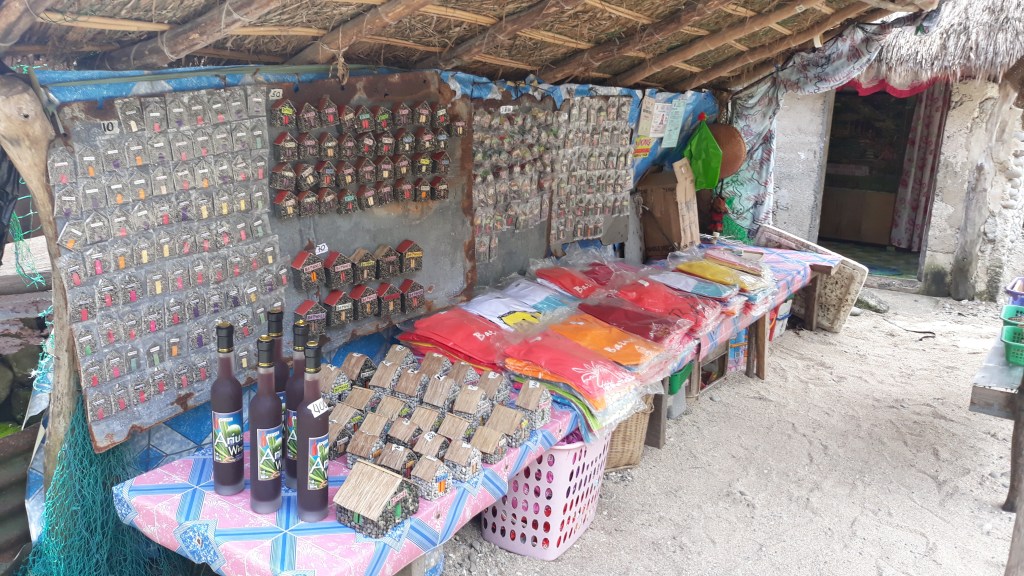
Our tour guides advised us that though souvenirs are cheaper in Basco, we should also patronize the ones in Sabtang to help up the families’ income. He was right. I love how Ivatans genuinely care for each other. I remember our guide telling us that most tourist guides coordinate with one another on which eateries/restaurants to bring their guests for lunch. That way, clients are distributed at different restaurants so that everyone’s happy. That is another testament on how organized and caring these people are.
On the way to Chabayan, we stopped for a short while along the highway to take a photo of an old site of a Sabtang idjang – an Ivatan citadel/castle designed to keep the enemies away, usually built on a plateau or “talampas”.


Before Chavayan, we took a short snack break Chamantad Tinyan which a series of an undulating hills that offer a fantastic view of the Chamantad alcove from the Tinyan peak, hence, the name. It was already close to noontime and the kids were a bit hungry so we stopped at small stores first to have fresh coconut water. The short break became a 20-minute break because the view from the peak are simply Instagram-worthy.

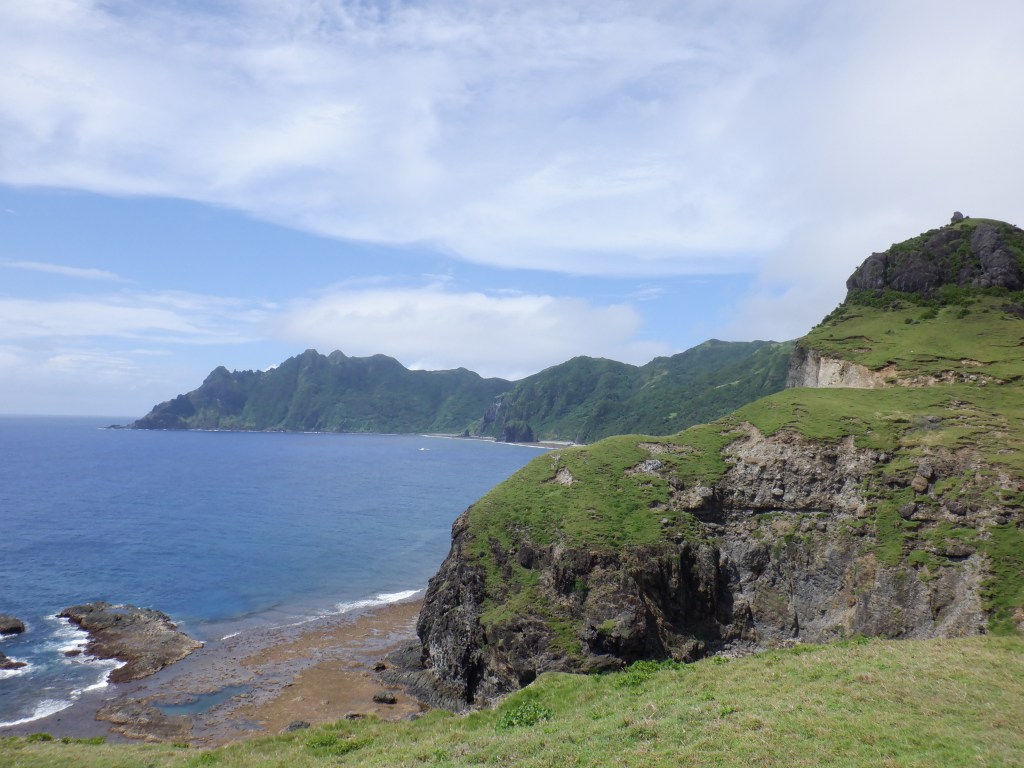


One thing I love the most about IBS Travel and Tours is that they were not stingy with our food. Photos below show our lunch in Sabtang which we had inside a large open dining hall on a short limestone cliff above a white sand beach. I specifically requested for sweet potato or “wakay” fries (2nd to the last photo). Luckily it was in season and thus, available. Last photo was my son’s stone house toy we bought from Chamantad, behind it, is the amazing pristine beach near the lunch hall atop the cliff. The beach may be accessed via a concrete stairs. If one wants to wade in the water, this is another spot where the waves are gentle.
(Edit: We visited Chabayan first before we had our lunch here. Because we stayed long at Chabayan, our lunch break was short and we had to catch the 1 PM boat to Batan island. We caught it just in time. Thank you hubs, for correcting me.)
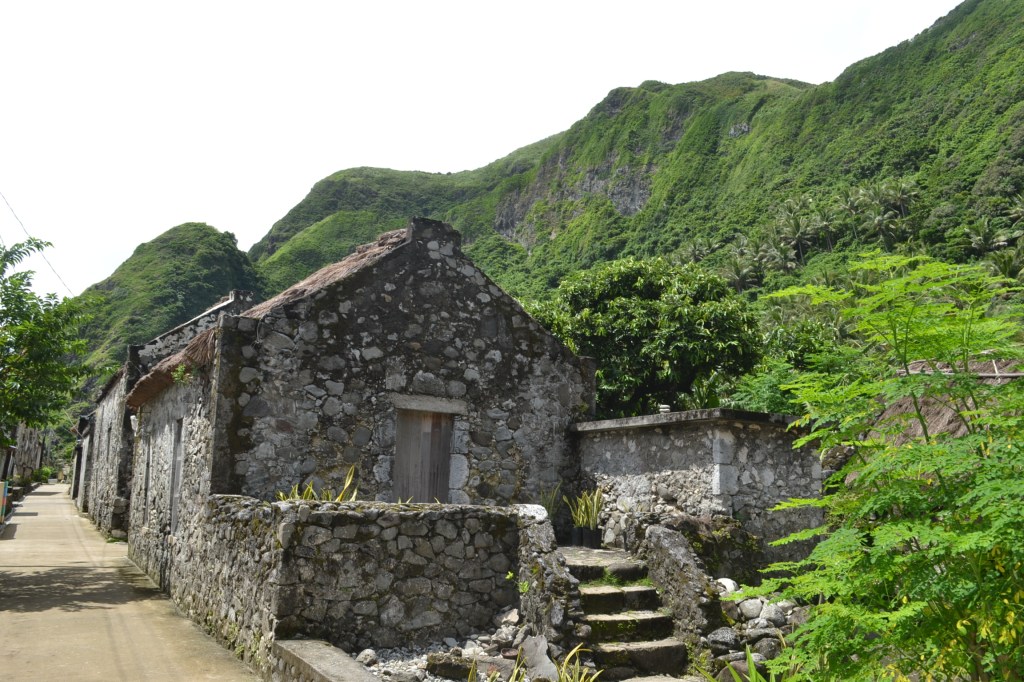

We promised our kids that the next time we visit Batanes, we shall stay in one of the stone houses in Sabtang. 🙂 We got back in Basco around 2 PM and decided to have our siesta. At around 4 PM we went out to go around the city again. The city is such a safe place to walk around in. I noticed that Ivatans are quiet and shy. I was told that they respect each other’s space by not talking loudly and keeping the videoke, a famous pastime among Filipinos, at minimum volume even during parties so as not to disturb their neighbors.

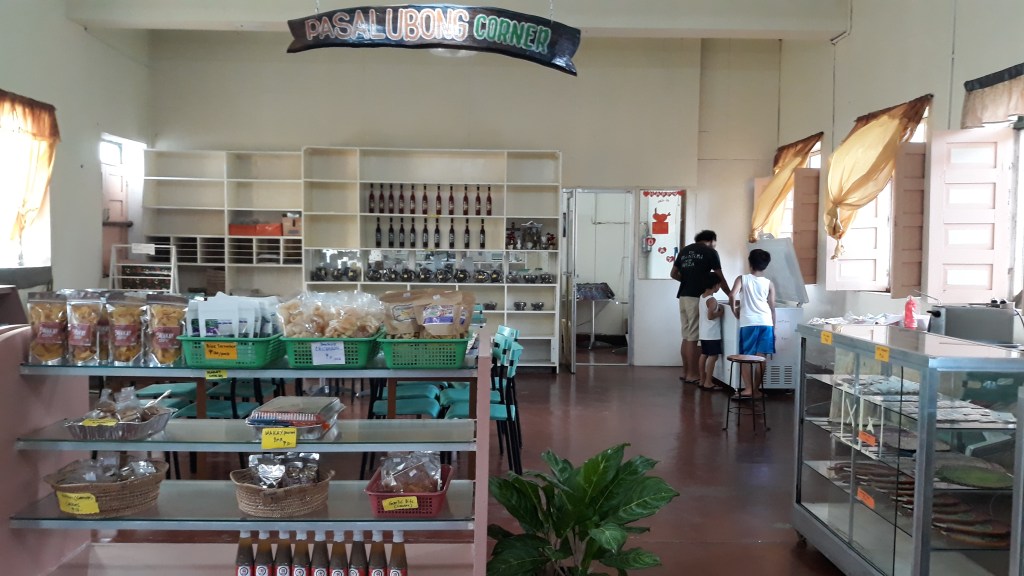
If you are looking for a place in Basco to buy affordable souvenirs and snacks, you might want to visit the Pasalubong Center of St. Dominic College’s canteen. They have the best wakay chips in the the province, I kid you not! Their cookies and cream ice cream is also the creamiest. Also, for the ice cream they don’t use oreos, they use their own wakay cookies. This is the place to get tubho (fern) and blue teas (blue ternatea) also. SDC canteen is less than 50 meters away from the provincial capitol.
Remember me mentioning how I prayed for the weather to be great during our stay in Batanes? God didn’t do just that, He also showed us Milky Way and 3 shooting stars on our 2nd night. He truly is the greatest. I still get goosebumps thinking about it. If I had a good camera, I would have taken photos of the Milky Way. Perhaps, next time!!
South Batan Tour Highlights
Just like the North Batan tour, the road going to the south side of Batan offers fantastic view of the verdant cliff side and hills and the highly irregular and steep seascapes fringed in some places with white sand alcoves and coral reefs. The road to South Batan is a two-lane highway cut along the side of steep cliffs. There are so many blind curves in this side of the island that it’s normal to see the signage below:

Our first stop for the South Batan Tour was the Chawa view deck where we saw this tunnel cutting through the rocky cliff. Being a geologist, I was curious because the rocks show cooling joints (fractures) and also, I didn’t see any reason why someone would build a tunnel that high in the cliff. I then deduced the the rock surrounding the tunnel is an old lava flow and that the tunnel is actually a lava tube. If you are a geologist, my dear reader, this is one of the sites you shouldn’t miss!
For those who don’t know. Lava tubes form when the molten core of a lava from erupting volcano continue to flow downslope leaving the solidified crust behind thus, forming a natural tunnel.
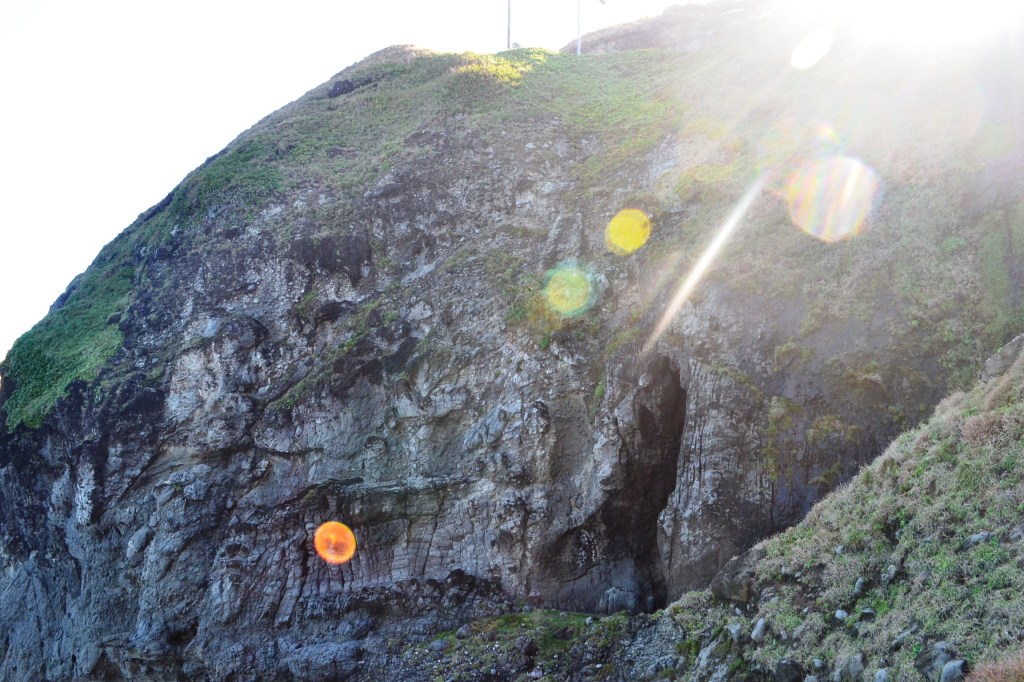

Photos below shows the Mahatao Boat Shelter which was built to protect the island’s fishing vessels from the onslaught of waves during typhoons. Historically, the “floating island” in the 3rd photo that protects the boats from the waves used to be an idjang citadel which served as vantage point for the ancestors of Ivatans to watch out for enemies approaching from the sea.


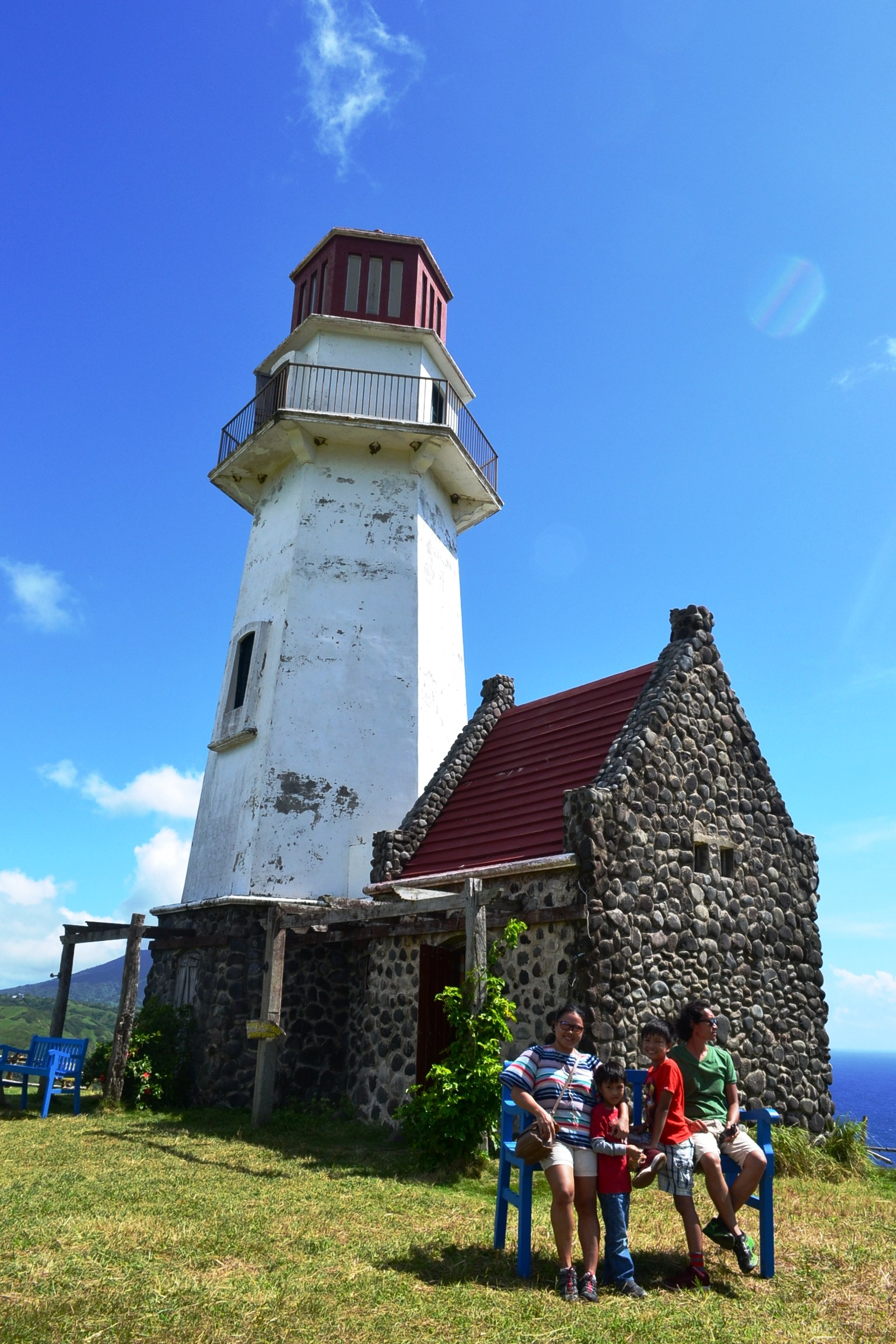


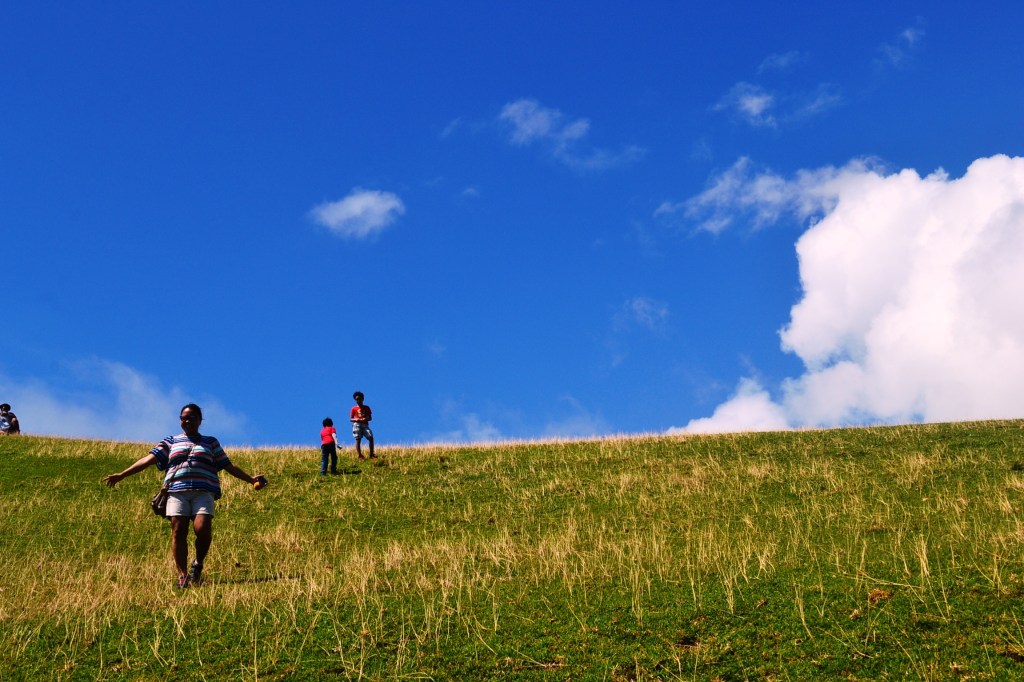

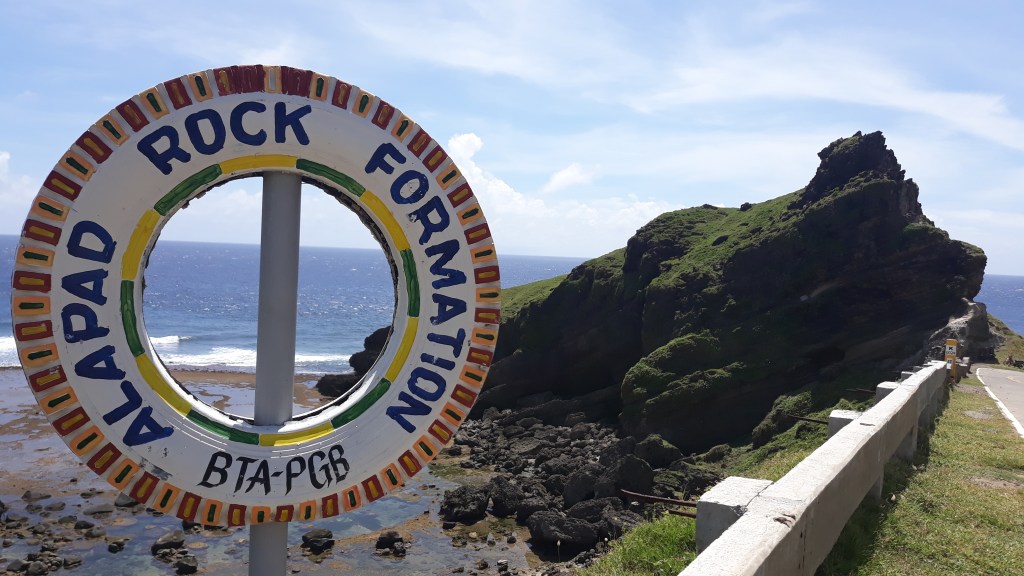



Your Batanes tour cannot be considered complete if you have not visited the world famous Honesty Store. It’s the only store in the country now that still trust in the honesty of its customers. When you go inside, you won’t see anyone tending the store so you can help yourself to any item inside and pay by dropping the money in slotted boxes. This is where we went for a snack of coffee and biscuits. I’m glad to know that this store has been operating for 20 years. The one honesty store in Manila City did not even survive a year which says something about the tourists that visit Batanes and the Ivatans, who are known to be shy, conservative, and honest.
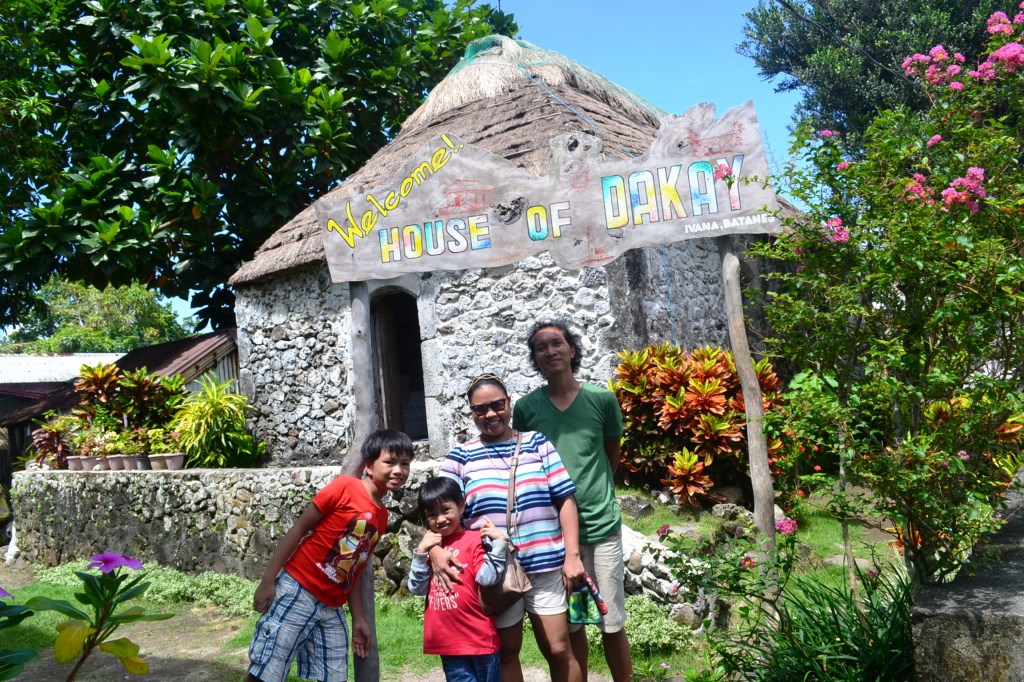
Another favorite spot by tourists on South Batan side is the House of Dakay which is in Barangay Ivana. This house, owned by Estrella family, is the oldest stone house in Batanes. Everything in the house, from the walls, doors, windows, and floor are still in their original materials except for the cogon roof which has a typical life span of 20-25 years and thus, have been replaced at least four times, already.

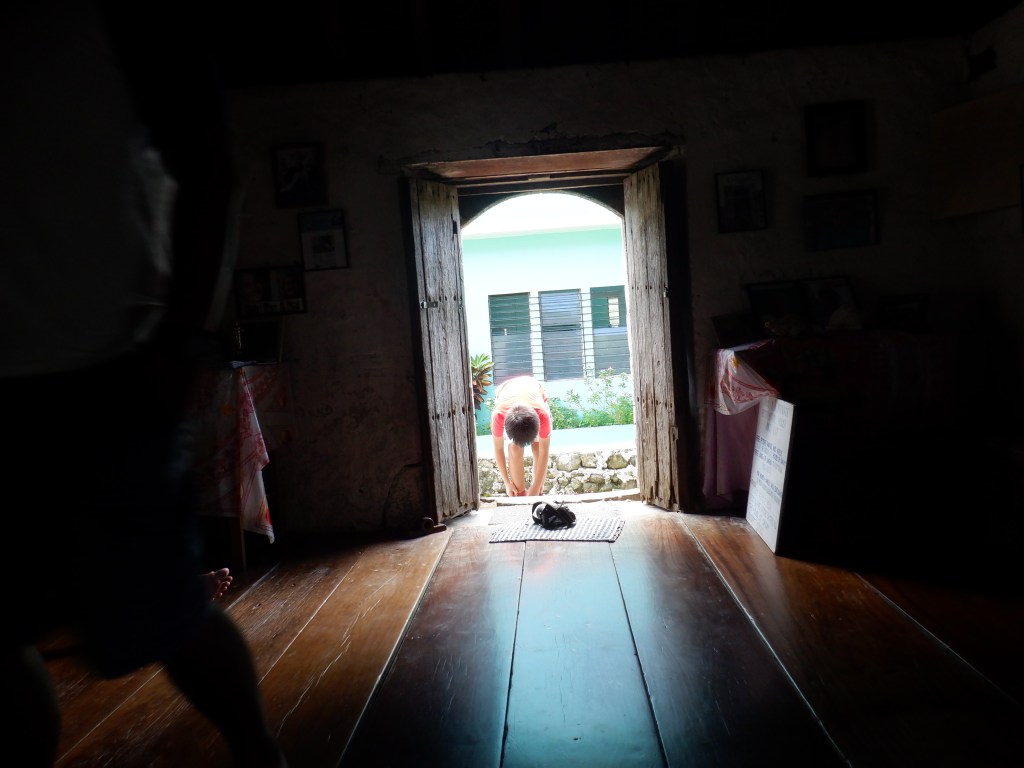
The floor of the stone house is still made of slabs of hard wood. Even at noon, the house is cool inside because of the thick walls, which in my estimate is at least a ruler thick. Our tour guide mentioned that the thick walls and small doorway were the main reason why a stone house could withstand the strong winds brought about by typhoons and monsoon winds. He also mentioned that once the door is closed, you would hardly hear the sound of strong winds outside. “It’s like a different world inside” – were his words.
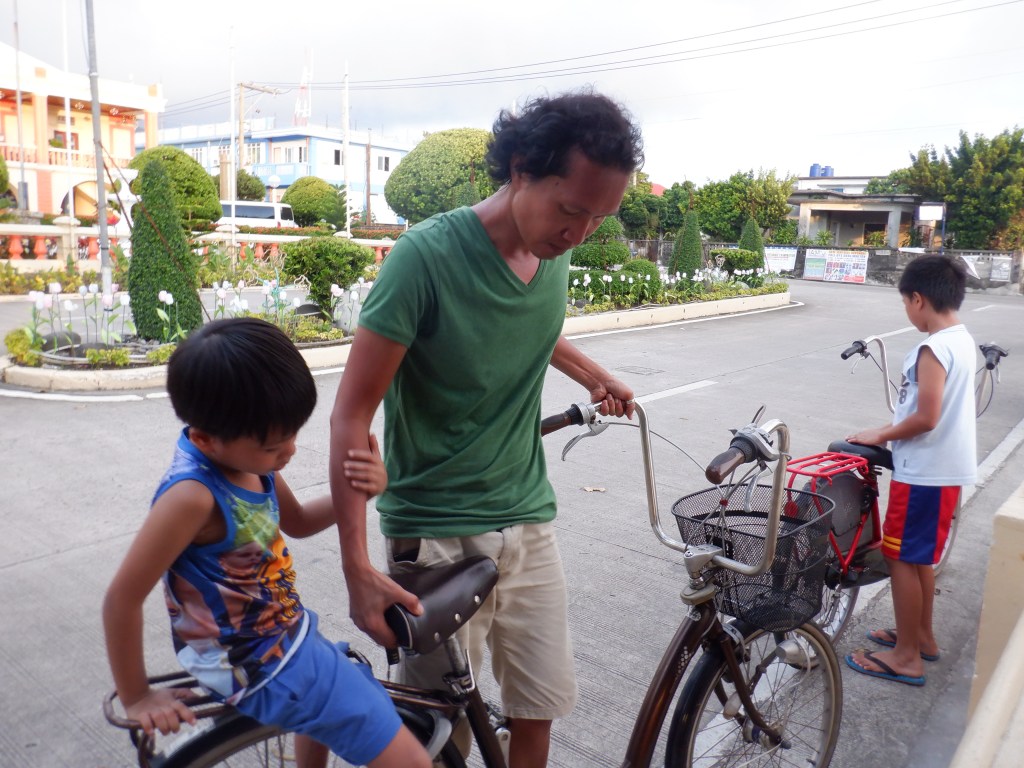
On our last night in Basco, we chanced upon this cute food jeep by Casa Napoli and got to try their fries served in leaves, lemon iced tea in reusable glass, and tacos.
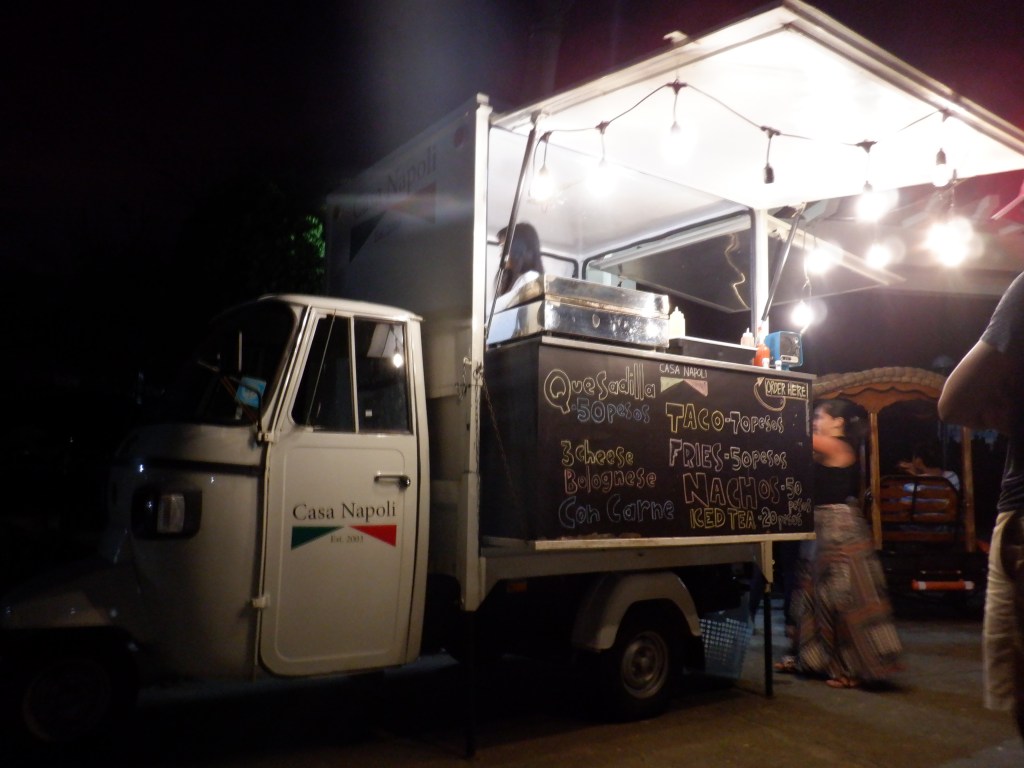
We shall visit Batanes province someday again. Next to Palawan, Batanes is now definitely our second favorite tourist spot in the country.





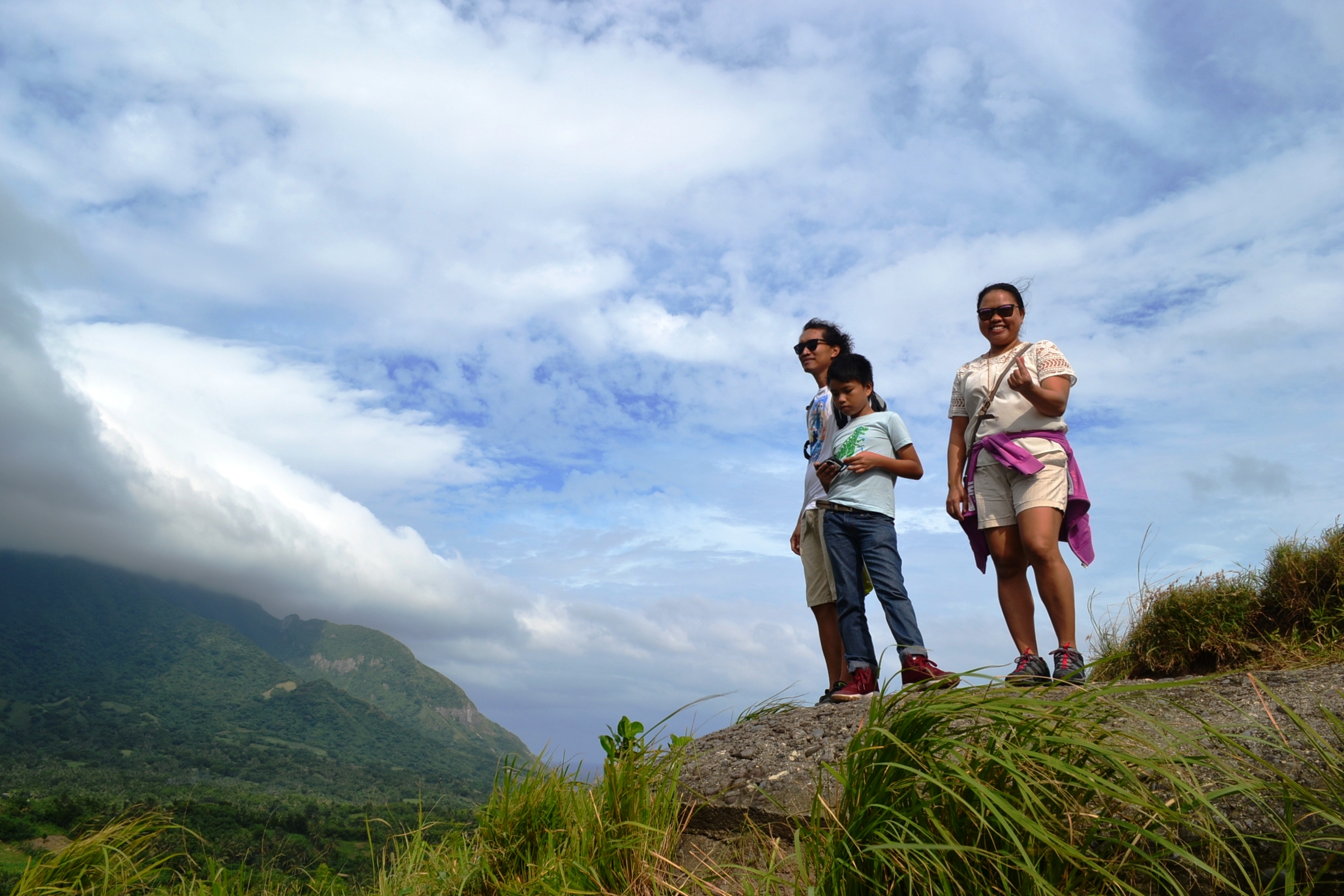










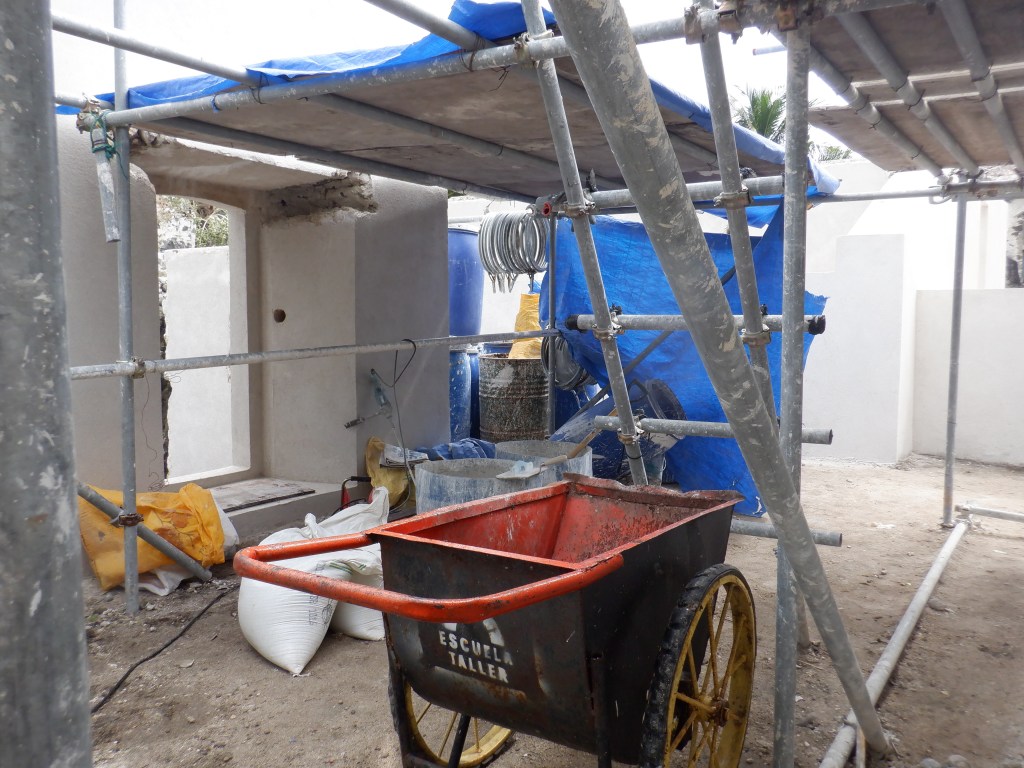





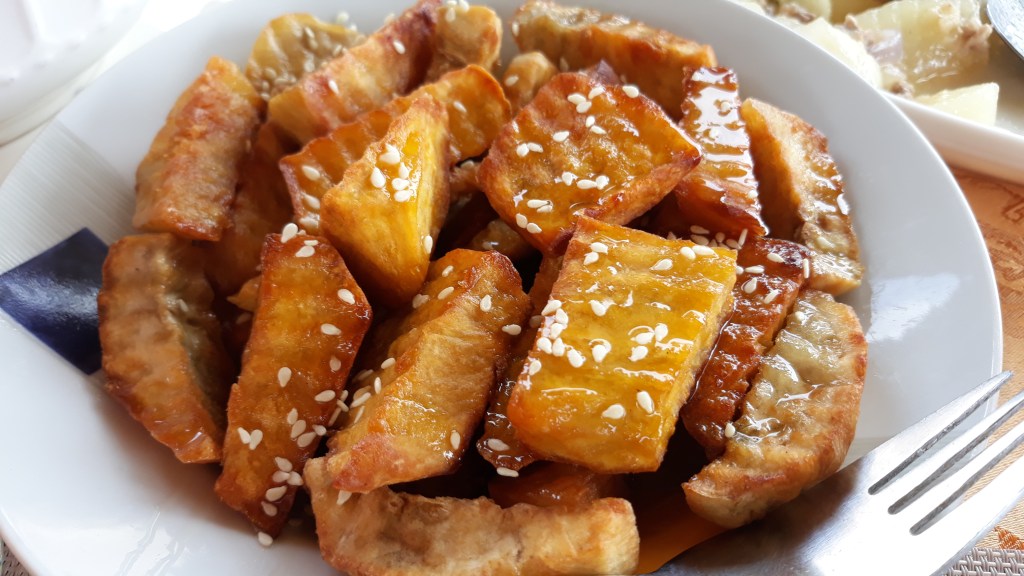
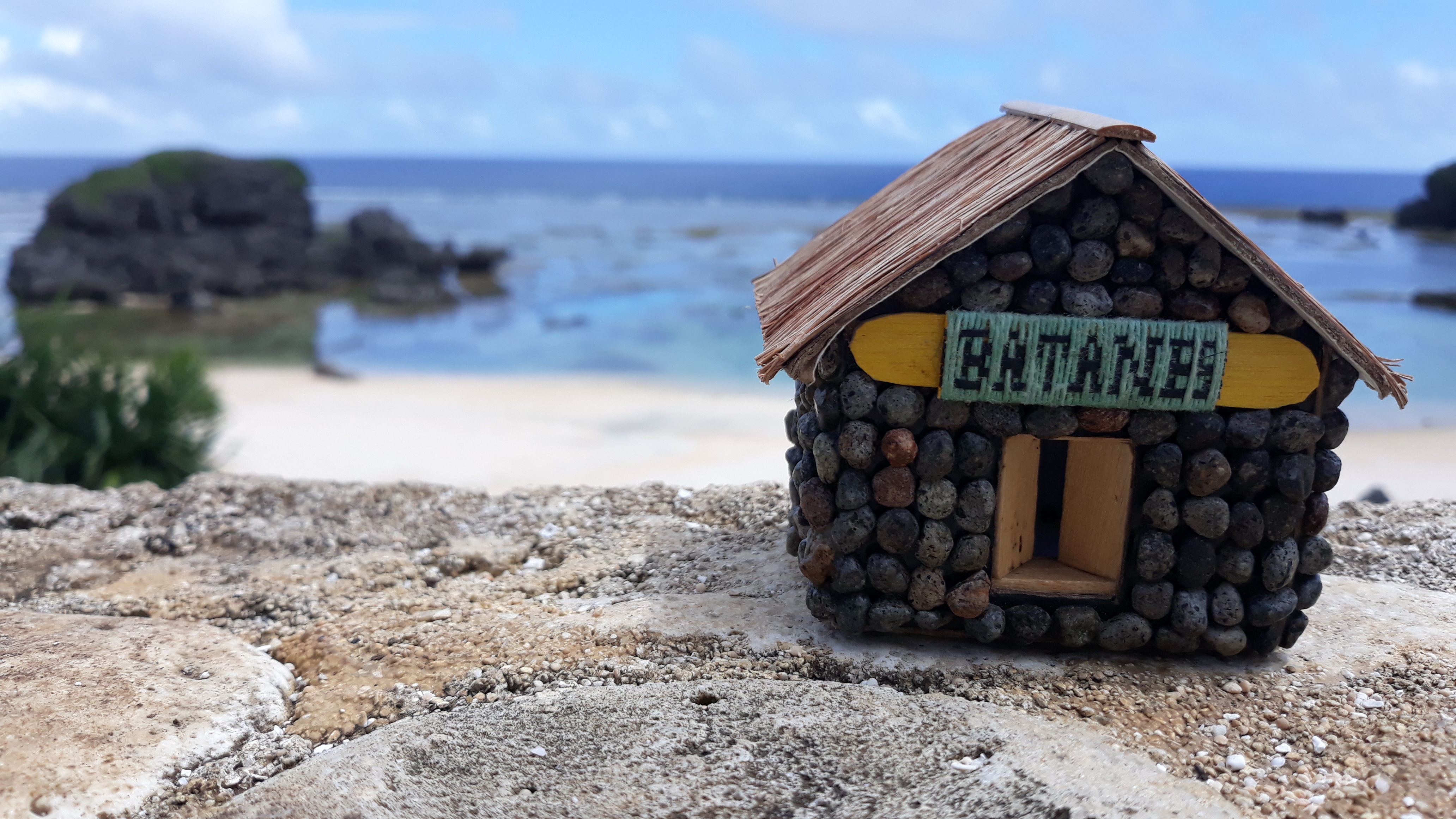
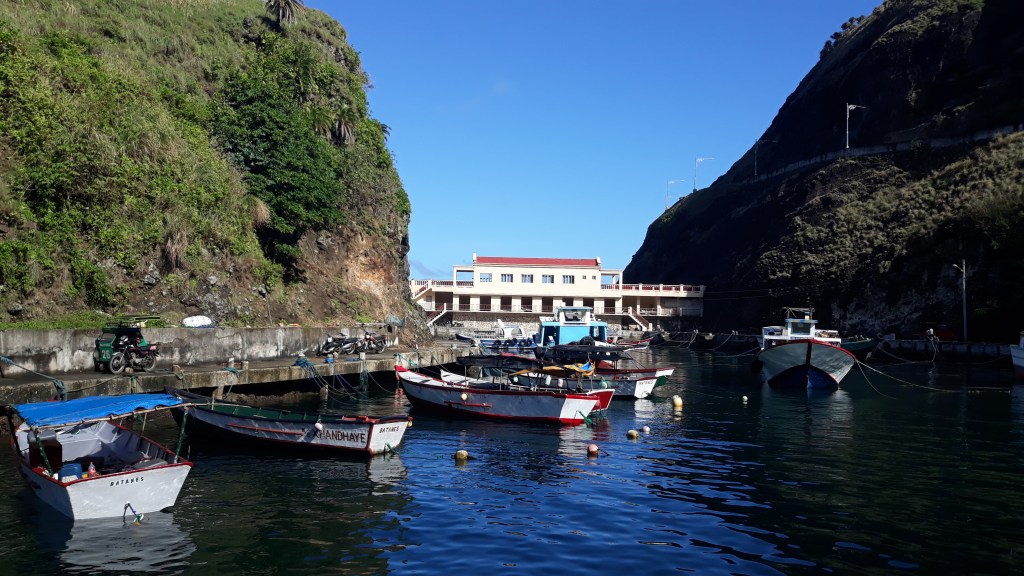
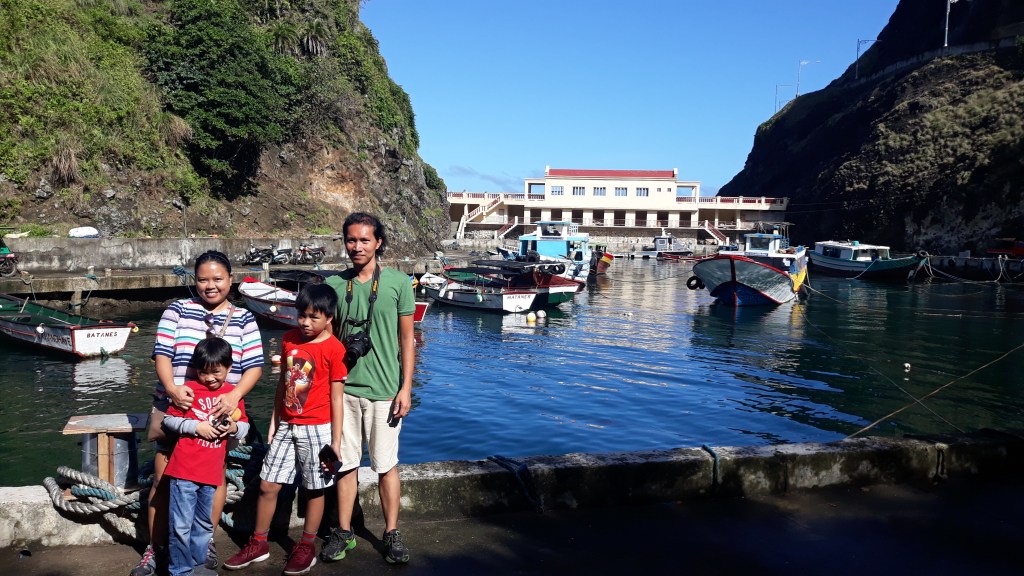

6 thoughts on “Our Batanes Tour Highlights”